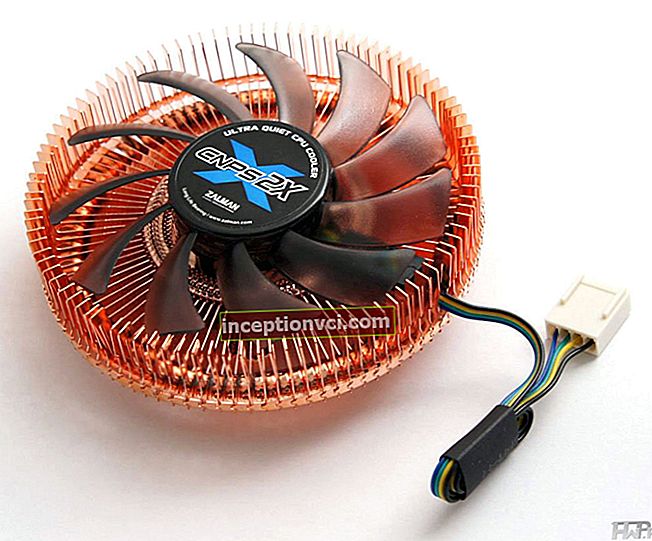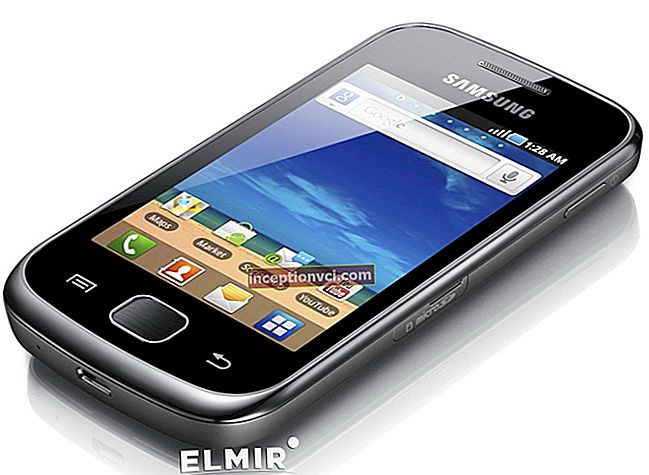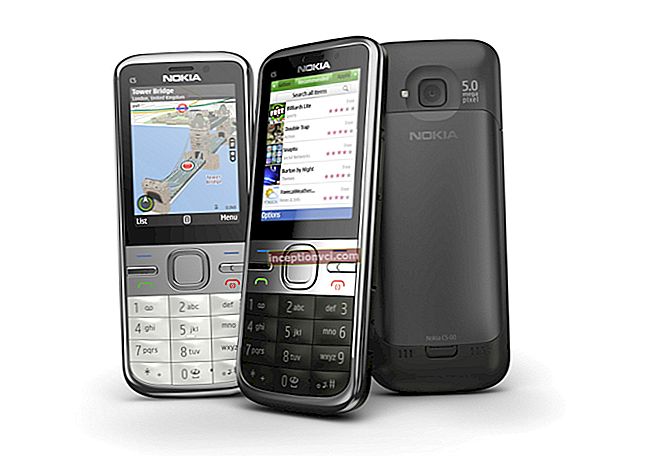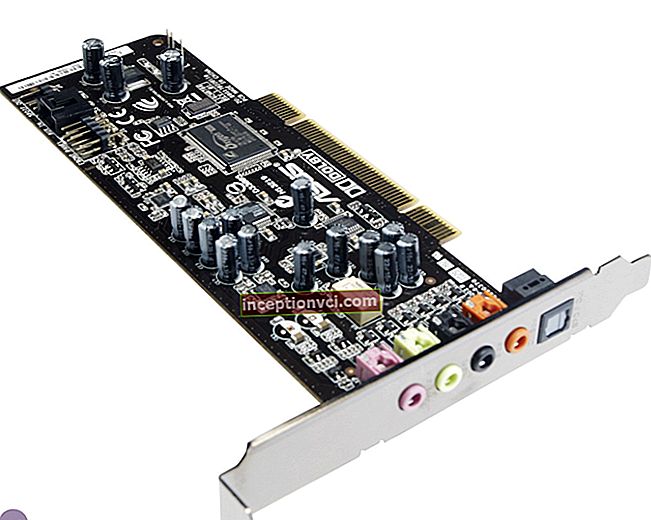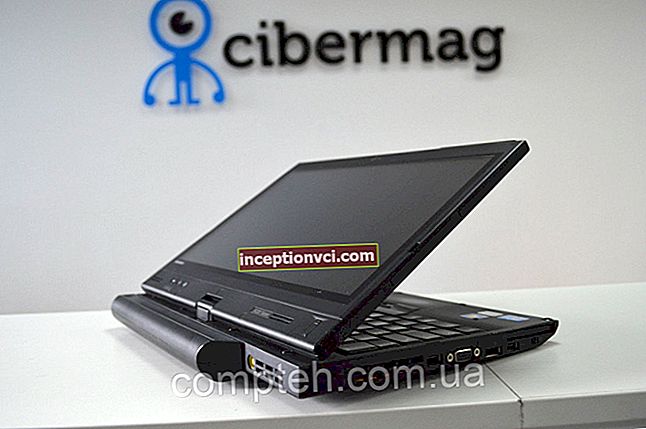Dell ST2220T Display Review.
Introduction.
This is not the usual kind of monitor that many users are used to, so I think it would be very interesting to take a look at the new 21.5 inch Dell ST2220T display. The difference from the usual average display is that the ST2220T uses optical touch screen technology and in general it resembles a hybrid, intermediate solution that will be interesting for those users who want to have a touch-like Tablet PC. Even if you ignore the touchscreen capabilities, the display itself is still at least a very stylish and interesting model. This is a 21.5-inch model with IPS matrix technology. It has a unique design and a decent set of features and special add-ons. Dell ST2220T also has a glossy panel finish and is bound to attract some interest, usually due to Dell's traditional Anti-Glare coating, which is of particular interest due to the presence of a "sore point" in it for some people due to the latter modern monitor releases. As you know, the anti-reflective coating of the screen is intended primarily in order to reduce the amount of light that is reflected from a particular display. Reflected light or glare is very tiring on the eyes and reduces the contrast and clarity of colors on the display screen. The anti-glare screen makes the display more enjoyable to view, reduces eye fatigue and sharpens, enhances the picture.

It might be worthwhile to look at the ST2220T in the usual manner like other monitor solutions, and then, of course, take a look at the available touchscreen functionality. Let's start by taking a look at the main specifications of the ST2202T by following this link.
Exterior design.
The ST2202T instance in question has, in my opinion, a rather attractive design. The exterior of this monitor is characterized by a glossy black bezel on all sides around the panel, which is approximately 24 mm wide. The bottom edge of the ST2202T has a wide patterned portion that acts as a support and houses the stereo speakers. The thickness of the display is estimated at approximately 60 mm at its widest point (including the support legs). The sleek and attractive appearance is somewhat reminiscent of the unique design, a bit like that of the Asus MS246H.
The glossy finish on this model does add a completely different feel to other popular Dell monitors. In a way, this allows and helps to give the viewer a sharp and bright, lively picture of the screen, which would be very pleasant to look at. But in the same period, the glossy finish, of course, prompts some reflections, shall we say, of the opposite polarity. Many have already encountered a situation where it becomes a kind of stumbling block in certain lighting conditions and this can become a significant problem if you have windows or a light source is behind you while working at the monitor. If you are going to use the capabilities of this display, which are hidden behind the concept of "touchscreen", then such a coating one way or another will accumulate quite a lot of fingerprints, but fortunately, there is a small special cloth for cleaning the screen to correct this unpleasant moment.
The type of screen coverage, of course, plays an important role in the design of monitors, so the buyer is guided, the potential user ultimately only has to choose his own preferences and personal taste, but some people consider the "aggressive" use of anti-glare (AG) coating in the latest series of Dell U screens highly problematic.
On the back of the Dell ST2220T Non-Stationary Multimedia Monitor, you'll find the same nice glossy black chassis that looks sleek and well-thought-out in terms of visual design. On the "back" of the Dell ST2220T there is a simple Dell logo and the video device as a whole looks, in my opinion, simple, beautiful and attractive.

The materials that make up the monitor were of a high standard and the build quality felt great. The silver-colored stand has a non-slip plastic base. This stand is used to control the position of the monitor with a very good tilt range, from an almost level horizontal position with respect to the table top, all the way up to a completely vertical position. The images below can demonstrate this very wide range of tilt control of the display.

You can position the screen on a table by folding the tilt mechanism of the stand, and if you want, you can return it to its previous comfortable upright position and set it aside. The monitor with support for multi-touch input Dell ST2220T, apparently, allows you to carry out these manipulations over it at such a high level due to the fact that it has a touch screen. And therefore, some users may want to work with it at various positional angles, designed to provide the most comfortable conditions for its operation in one or another position of the user. The action of this tilting mechanism was quite smooth and easy to use.

As for directly adjusting the position of the display in height, we will see that the manufacturer did not provide for its availability on this display. In normal cases, I would note this factor as negative, because the ergonomics of the monitor, which does not offer height adjustment, as I think, at least is not complete due to the undoubted usefulness of this function in terms of obtaining the most convenient screen position for watching video and other multimedia content. However, if you evaluate this moment naturally, it turns out that such reasoning is completely out of place precisely because of the features of the optical touch control of the monitor and the possibility of working with it in an almost horizontal position. Thus, in any case, you can get a really comfortable position of the display for acceptable use on the desktop. Of course, in this case, the user also has to do without the rotary-rotary functions, which are available in most cases on conventional monitors familiar to many.

If you look closely, the Dell ST2220T multimedia display has a rather thin side profile, as you can see in the photo shown above. There are three USB 2.0 ports on the left edge of the back of the monitor for connecting external devices. I can't help but say that it's nice to see these features included by the manufacturer in the general functionality of the Dell ST2220T display, since they can be very convenient for a video camera, printer, etc. Perhaps it would not be superfluous and pleasant to see a couple of connection connectors, but only on the back of the monitor, because the user may want to leave some devices permanently on, and thus leave their wires hidden, not burdensome for the eyes somewhere to the side behind the screen display. As you know, the popular series of monitors "Dell U" still has additional ports on the back of the panel, as well as on the front side, so the manufacturer should be, I think, at least ashamed of the fact that such there are no opportunities.

On the left side there is a headphone jack for those situations if you are not a supporter of using the stereo speakers built into our test modification.Unlike some of the available displays from the "Dell U" series, the analyzed model lacks a card reader, which is rather sad. One of the key selling points for the ST2220T is its touchscreen capabilities. We'll test it later, but I think I need to mention a little about some of its features now.
The ST2220T's screen supports optical touch technology, which can be operated directly with your finger, a special tool called a stylus (minimum diameter - 7 mm) or any other pointing device. Touch capabilities include the familiar functionality of a computer mouse (click, drag, double-click, and right-click). It should be noted that "Multi-Touch" gestures (a technology for recognizing multiple simultaneous clicks on the touch panel) are also supported if you are using the Windows 7 operating system.

The specifications for this monitor from Dell indicate a typical touch panel response time of 15 milliseconds with achievable positioning accuracy in the range of about 2.5 mm over 95 percent of the ST2220T's tactile area.

The ST2220T also comes with 2W integrated stereo speakers located at the bottom of the screen as shown above. This power should be more than enough for general use in an office environment or for use by picky users in this matter.
The rear panel neatly houses an audio input, as well as an HDMI connector for receiving both audio and video signals. The headphone jack on the left side of the monitor can be used for private listening. The back of the display contains a reasonable selection of available interfaces, ranging from DVI-D (HDCP supported), HDMI and D-Sub. Perhaps it would be nice and even useful to see additional HDMI or DisplayPort ports here, but despite this, the manufacturer's variation is quite decent.

The back of the Dell ST2220T Non-Stationary Display also features a useful design detail, a dedicated cable holder that allows you to tuck cables nicely and neatly to the side, as shown in the screenshot above.
The OSD menu buttons are located on the right side of the screen and just above the four power buttons. The power indicator glows a thin white during normal operation. It is noteworthy that the OSD menu buttons are not labeled in any way. Pressing any of the buttons calls up a small start menu in the lower right corner of the screen, where the indicators speak for themselves what this or that button is doing. The OSD menu system was very intuitive and easy to navigate, particularly like the familiar "Dell U" series of monitors. At first glance, because of the buttons located outside the usual field of view at the edge of the screen, this control will probably be a little harder to get used to. You will also find quick access (you just need to press any button once to open a small menu) to preset modes and brightness and contrast controls. And besides, these parameters can be configured by the user through the "personalized" menu while you are in the main part of it. The OSD has all of the more customary options you'd expect from this display. The color settings menu provides access to preset mode as well as options for standard, media, gaming, warm, cool, and custom RGB profiles.

Dynamic contrast control is found under display settings, but only when using the preset "game" mode. Your attention is drawn here to the ability to control the "response time" setting, which we will test a little later in the field of gaming applications of the display.
In terms of power consumption, the Dell Multimedia ST2220T monitor from the manufacturer's specification states a "typical" usage of 28W during operation, or up to 55W with USB active. In standby mode, Dell's campaign folks say the Dell ST2220T monitor will only use 1W of electricity.
To be fair, I tested this point and eventually found that at the factory settings, the used consumption level was confirmed by the very low 28W mark, which was advertised by Dell. After calibration, the consumption reached 22.1 watts, as the brightness was changed to 36 percent in the OSD options. In standby mode, the power consumption of the screen was only 1.1 watts, which again confirms the advertised figures.
The display remained fairly cool during operation, even after prolonged use, and there was little to no noticeable heat build-up from the upper rear of the case. If you lean your ear close to the screen, you can hear a very weak "electronic" hum, but this can hardly be called an obvious negative factor, because it is impossible to notice it during normal use and it is even silly to look for a defect in it.
